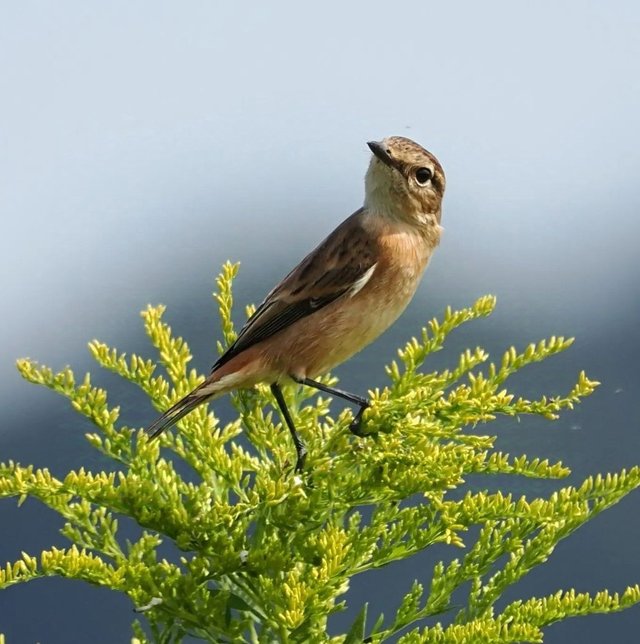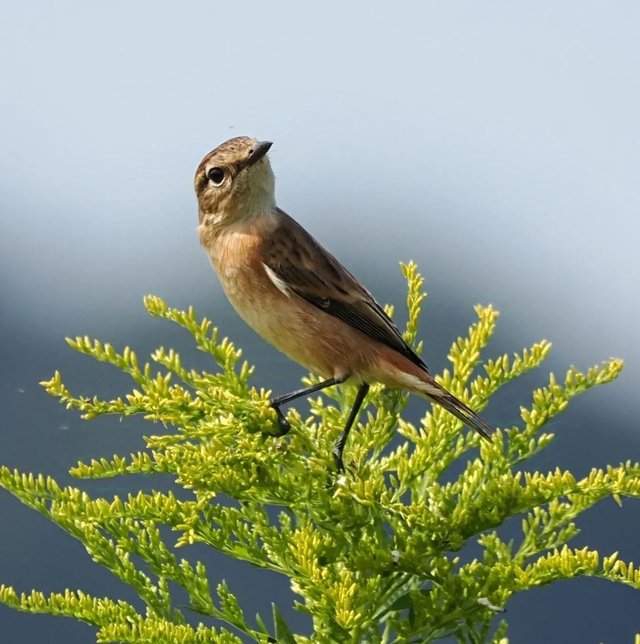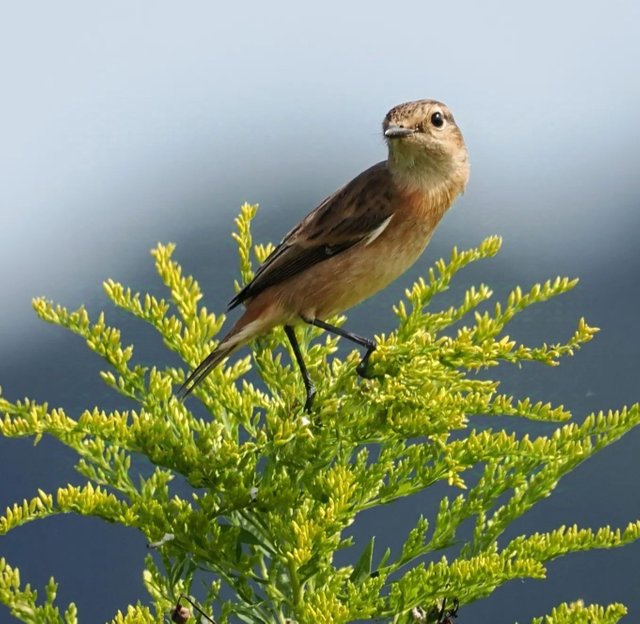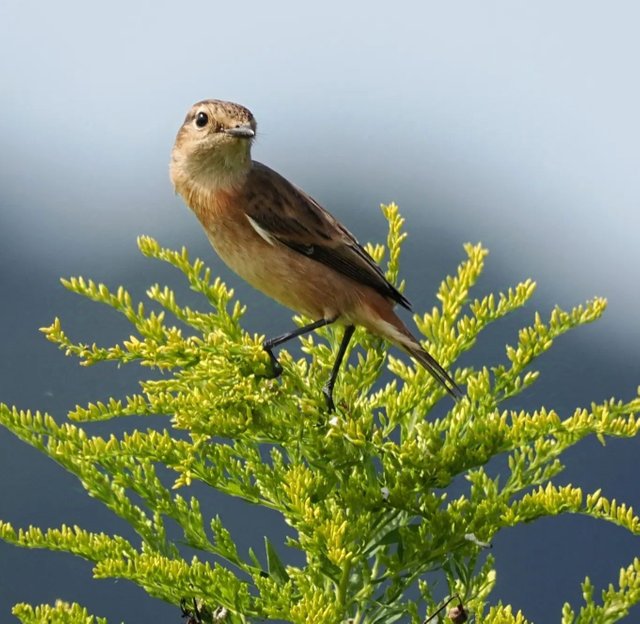So Cute Old World Sparrows Flower
Old World sparrows, members of the family Passeridae, are a group of small passerine birds that originated in Europe, Asia, and Africa. These birds have spread across the world, thanks to their adaptability and close association with human habitation. Perhaps the most iconic and widespread species within this group is the House Sparrow, but the family encompasses numerous other species, each with unique behaviors, habitats, and ecological roles. Sparrows are often recognized by their stout bodies, strong legs, and conical bills adapted for seed eating, though their diets also include insects, especially during the breeding season.
Evolution and Distribution
The evolutionary history of Old World sparrows stretches back millions of years, and they are believed to have diversified mainly in Africa and Eurasia. From there, they expanded their ranges across continents, with human activity playing a major role in their modern global distribution. Today, sparrows are found across various environments, including cities, forests, grasslands, and farmlands. Their remarkable ability to adapt to both urban and rural environments makes them one of the most successful avian groups.
In Europe, for example, sparrows have become emblematic of urban life. The House Sparrow, in particular, thrives in densely populated areas where food sources like discarded grains and crumbs are plentiful. This ability to coexist with humans has allowed them to colonize new areas quickly. Sparrows have been introduced to parts of the Americas, Australia, and New Zealand, where they have established stable populations, often competing with native species for resources.
Physical Characteristics
Old World sparrows tend to be small birds, with most species ranging between 12 to 18 cm in length. Their plumage is often brown, gray, and white, with subtle differences between species. Male sparrows of many species often display slightly more vibrant colors than females, typically with a black bib or chest patch, as seen in the male House Sparrow. Females and juveniles tend to have duller, more camouflaged plumage, helping them blend into their surroundings.
Sparrows are known for their robust, conical bills, which are well suited for cracking seeds. However, during the breeding season, they rely more heavily on insects to feed their young. This shift in diet highlights the sparrow's versatility in adapting to seasonal changes and different food sources.




Thanks For Reading
Device Information
| Device | Redmi Note 10 Pro |
|---|---|
| Lens | 64 mp |
| Location | Bangladesh |
